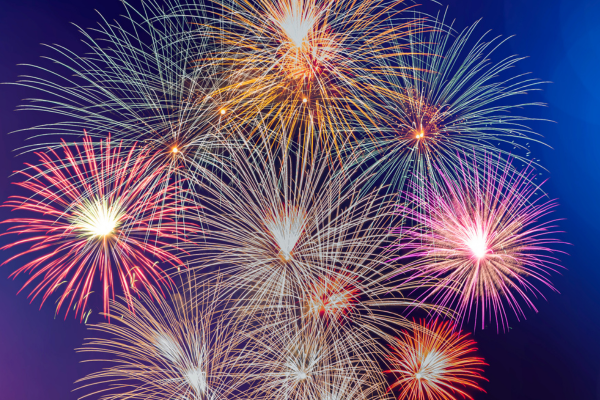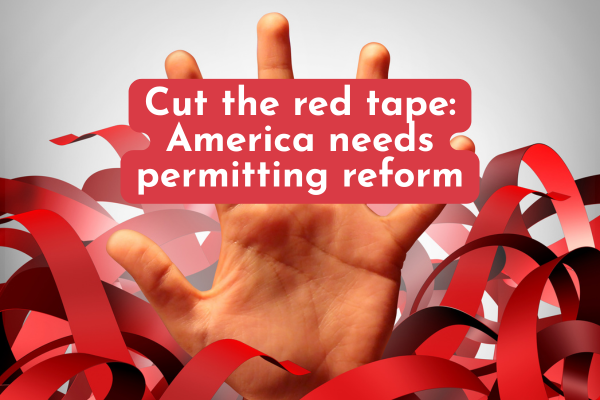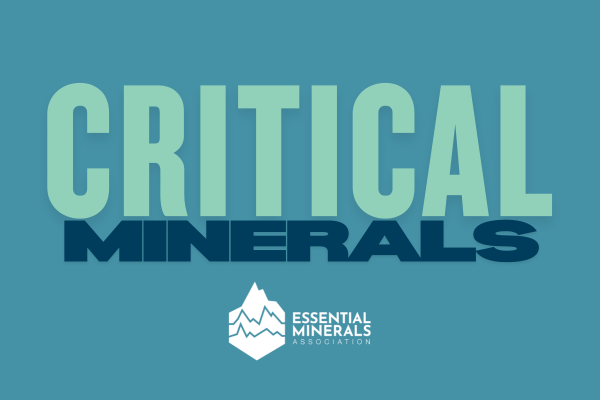July 3, 2024
July 3, 2024

Tomorrow, we will gather with friends, family, neighbors in towns and cities across the entire United States to celebrate the Fourth of July. Fireworks shows once the sun goes down is a tradition held by many as well. But did you know this tradition dates back to the very first Independence Day celebrations in 1777, a year after the Declaration of Independence was signed.
According to the American Pyrotechnics Association, early colonists brought their love of fireworks with them to the New World. U.S. President John Adams wrote that he hoped that Independence Day would be “solemnized with Pomp and Parade, with Shews, Games, Sports, Guns, Bells, Bonfires, and Illuminations from one End of this Continent to the other from this Time forward forever more.” He added in a letter to his wife, Abigail, that a sparkling sky would honor the 13 soon-to-be-independent colonies every year from that point onward.
Today, our fireworks displays are much grander than in the early days of the nation. And we have minerals to thank for that! Without the use of minerals, fireworks would not take on specific colors that light up our skies. Here is a list of the minerals used to make different colored fireworks.
The mineral: Barite
The color: Green
Barium chloride is a metal salt, with barium coming from the mineral barite.
The mineral: Copper
The color: Blue
Copper chloride is also a metal salt. There are several natural but relatively rare mineral forms of it—eriochalcite, nantokite and tolbachite.
The mineral: Salt
The color: Yellow
Sodium nitrate is a type of salt. While it’s more commonly found relative is sodium chloride (table salt), sodium nitrate is most well-known for its use in the production of gunpowder.
The mineral: Celestite
The color: Red
The mineral celestite is the source of strontium nitrate, a type of salt used in fireworks.
Many times, minerals will be mixed together to create other colors.
The mineral: Celestite & Salt
The color: Orange
The mineral: Copper & Celestite
The color: Purple
The mineral: Titanium, Zirconium, and Magnesium
The color: Silvery White
Additionally, the gold sparks we see in sparklers are produced by iron filings and small pieces of charcoal. Bright flashes and loud bangs come from aluminum powder, sourced from the mineral bauxite.
As we gaze to the skies this Fourth of July, let’s remember that Minerals Make Fireworks Happen!
*source: U.S. Geological Survey

October 9, 2025

August 25, 2025

May 22, 2025